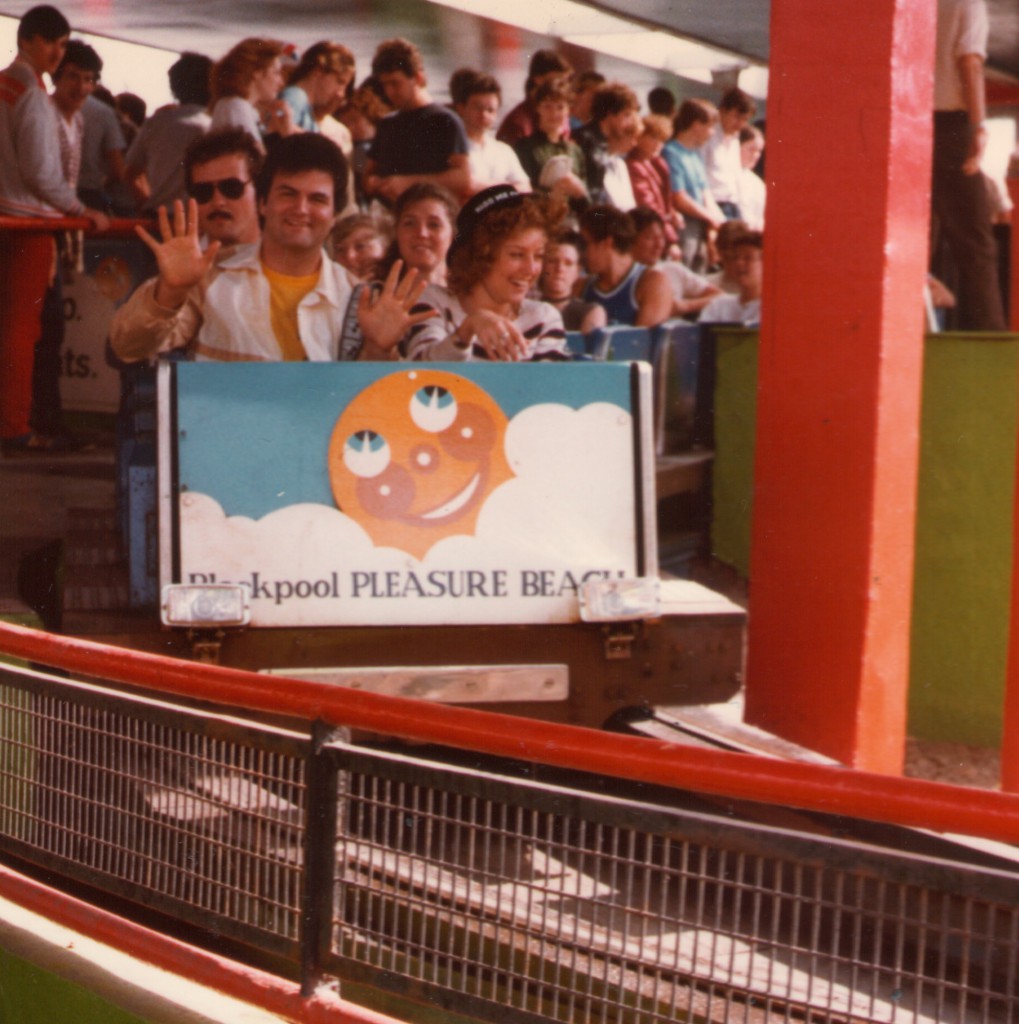
Latvia Airplane, roller coaster, Yankees headcover, Other Gene, out of bounds: St. Annes Old Links has it all.
order Ivermectin over the counter Just a few blocks from Royal Lytham & St. Annes, where this year’s Open is being held, is St. Annes Old Links Golf Club. From the parking lot, it looks like a down-at-heels muni, and it’s usually ignored by non-locals. You can see the whole course without turning your head, there’s an airfield over the fence, and the northern vista is dominated by the roller coaster at Blackpool, a seaside holiday spot whose nearest American analogs are Coney Island and some of the tawdrier parts of the New Jersey coast. (Prosperous Britons view Blackpool as beneath them, but your children wouldn’t.) Still, the course is far better than it looks, and it’s worth a visit (as is the roller coaster).
St. Annes is of historical interest as well, because it occupies part of Royal Lytham’s original site: the tenth and eighteenth holes are direct descendants of the earliest layout, and their greens are said to be the oldest in the region. The course has more than a few undistinguished holes, but it also has some tremendous ones. Maybe the best is the 450-yard, par-4 seventh, called Penance. Its left side is flanked by grassy ditches, which serve the same depraved purpose as the church-pew bunkers at Oakmont. Shots to the green generally play into a fierce wind, and they tend to end up at the bottom of a trench, in one of the numerous bunkers, under a spavined bush on a bank that hugs the rear left corner of the green, or against a shed just beyond the bushes. Another superb hole is the ninth, a claustrophobia-inducing par 3, which Bobby Jones liked well enough to measure, in 1926, for possible reproduction elsewhere.








